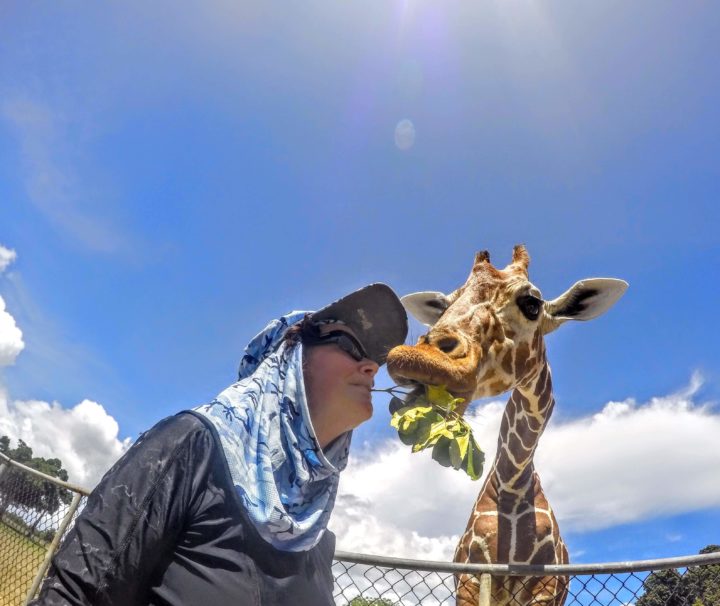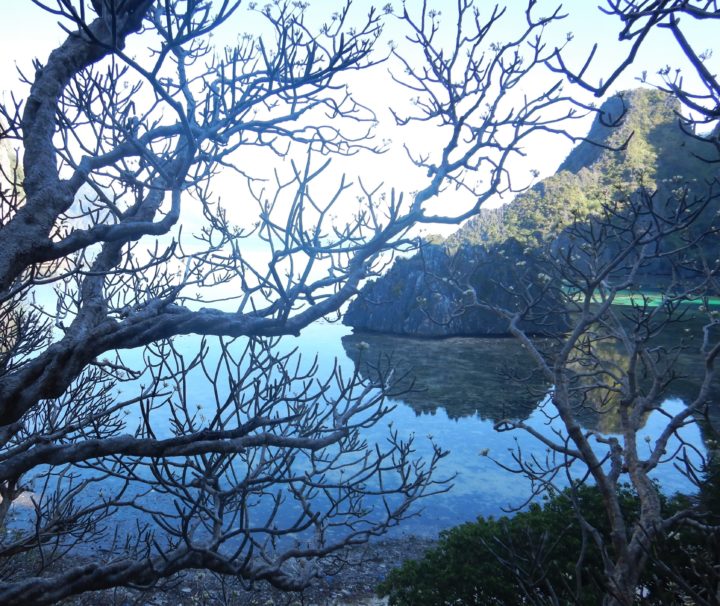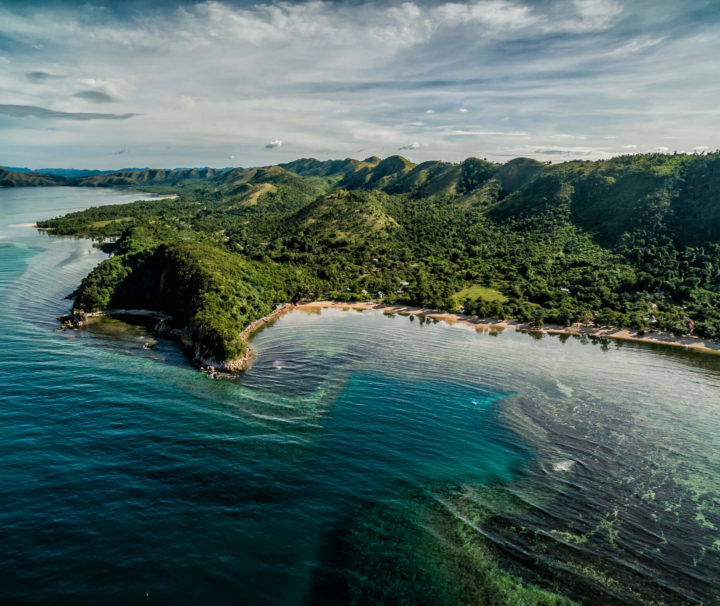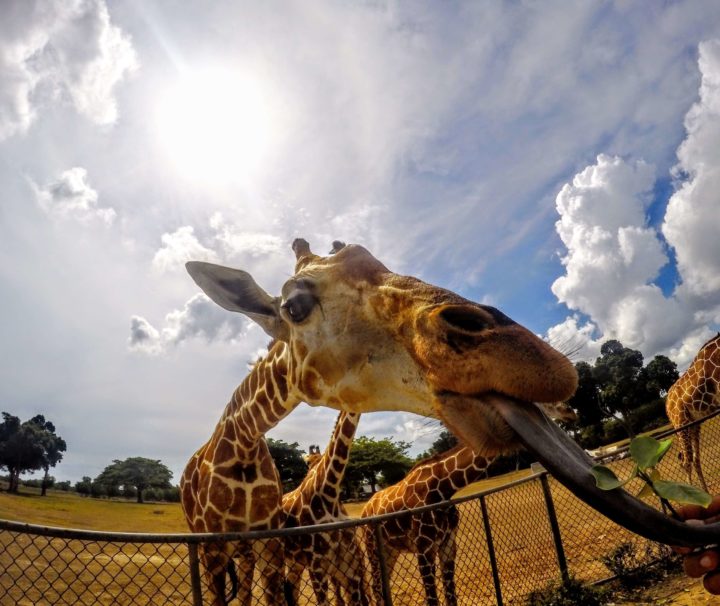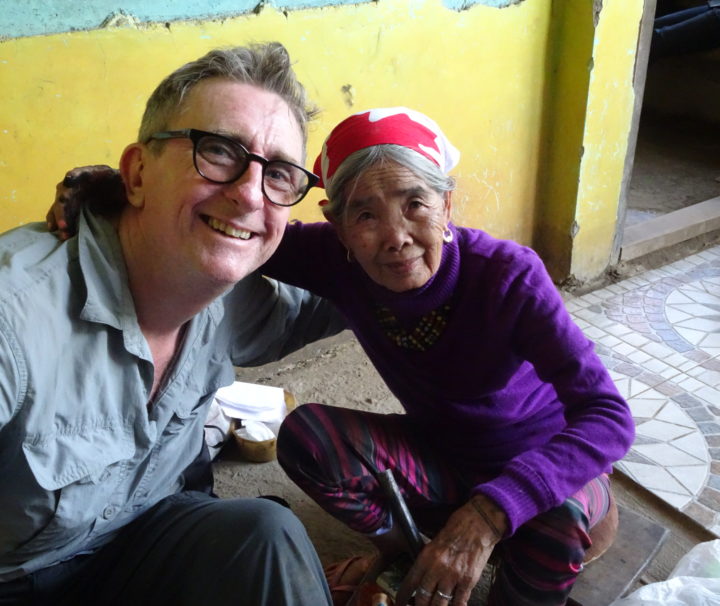Hike through some of the most iconic destinations in the Philippines, including the Banaue Rice terraces, as well as some of the quieter and more remote hikes not on the usual tourist route.
A full day by 4x4 to come face to face with giraffes, zebra, and other wildlife before hiking through tropical rainforest for a grilled lunch at inland rock pools.
Full day
Calauit, Busuanga, Palawan
The Philippines coined the term "People Power". Discover, on the ground and on the water why People Power still resonates in picturesque Culion and Coron, making for awesome tourism.
The Programme
Day 1-2 Culion guided walk & museum visit:
Today we wander through the town once the world’s largest leper colony, the silver lining the residents’ turning a chilling legacy that included generations of stolen children into a topic of pride.
The streets are not busy with traffic and walking suits the dozens of stops to read signs and observe buildings, other structures like the leper colony gate, statues of American and Filipinos enriching the history of Culion.
With its huge collection of leprosy memorabilia stretching back 120 years, the museum has raw appeal, freezing a visit in time. Take the lab with its early twentieth century equipment, very advanced in its day, the lab instrumental in developing treatments for leprosy, a poignant echo of recent frantic efforts to find treatments and vaccines for coronavirus.
Description:
A 90 minute walk starts at the port, revealing how families arriving from all corners of the Philippines to be isolated and treated for leprosy. Some 300 metres from the port is a wall that until the mid-1990s was the border between the Sanitarium with the diseased population and the “clean” part of town. Moving on through the Sanitarium section is the jail for unruly lepers, then it’s the Church atop a bluff. It's not lost on visitors that the Catholic Church, which effected the theft of generations of children, occupies an old Spanish fort, the coral brick building protected by a large, Spanish-era cannon. It was outside this church in 1999 the tour leader interviewed a nun for a magazine story revealing how the children of infected mothers were removed from their families even though the fathers were disease-free.
A short walk and it’s the hospital, and the town square where lepers would sit on benches, waiting for treatment. Then there’s the saddest of many melancholic places, the building housing leper mothers, separated by glass from their children. Above is a giant snake-like insignia of the Hippocratic Oath emblazoned on the mountain above Culion. It’s a 15-minute hike with a panoramic view of the town, the towering limestone island of Coron in the background. It’s a fine spot to disclose how the town of Culion survived the Japanese occupation: they were scared to get the disease and gave the community, which then included the disease-free population taking sanctuary in the enclosed Sanitarium portion, a wide berth. Culion is the subject matter of a significant Philippine feature film, released just as the Covid crisis erupted. (In camp on the night following the tour there will be a film showing and talk under the stars). A museum visit of 60 minutes follows the hike up the hill. The museum is open weekdays but not on public holidays unless a special opening is pre-arranged.
The takeaway message? Look to Culion’s historical and heritage treasure trove, and the resilience of the victims of leprosy and their descendants, for the silver lining of a pandemic.
So in-the-face is Culion’s past that residents of Culion had little choice but to embrace their leprosy roots. Having done so, the pride and joy of the people is palpable.
Culion is as strong a Catholic town as any in the Philippines, residents attending mass religiously at the Catholic Church built atop a Spanish fort, an institution that removed children from leper mothers.
There’s no escaping the past, the universal symbol for health – the snake-like Hippocratic Oath insignia – carved on the mountainside above the town, a poignant reminder.
The museum reminds visitors that Culion pioneered ground-breaking research into leprosy yet steadfastly drove the dogma of segregation “to stop the spread”. Deja vu aside, no one can be unmoved by the account of children in the care of nuns separated from their mothers by a wall of glass at Balala Nursery.
Day 3 – Delving deep into tribal culture
Nothing lifts the lid on tribal culture like a dish shared when the key ingredient is poisonous if not prepared properly: Savour a view, a yarn and a meal referred to as “Tagbanua roulette” with Reden’s family.
Today it’s cultural immersion, a guided walk and optional meal to get an intimate appreciation of Tagbanua culture ahead of paddling into the Sacred Lagoon on Day 4.
Description:
The meal and banter taking 45 minutes is preceded by a 60 minute guided walk through a Tagbanua family's banana and sweet potato garden to a lookout over a green lagoon, birds nest caves beyond. Another point of interest of the walk is a cave that descends into a body of brackish water with the option of a dip. Lakes make up about half the area of Coron Island, some being super-sacred, homes to the giant octopus--the most powerful deity of the Tagbanua. The centre of family life is by the sea where the family has its outrigger banca, a homemade styrofoam kayak with double-bladed paddle (any guessing as to how the design of the paddle came about in the past two decades?) and a solar charging panel.
What we get out of this experience?
- Knowledge that Tagbanua culture is defined by water, a product of Coron’s largely uninhabitable limestone kast topography.
4 days
Calamian
Do a half-day hike or bike that fits your interest and fitness level! You can delve into local culture, hike into jungle waterfalls and do truly cool mountain biking, crossing scores of rivers and creeks.
3-5 hours
Cheey, Busuanga, Northern Palawan
Happiness is contagious for the townsfolk of Culion, who have turned the adversity of hailing from what was the the largest leper colony in the world into an asset marked by smiles and grins from ear to ear.
7 hours
Palawan
Hike the highest peak in Northern Palawan to get an unparalleled view of the Calamian islands, ending the day with a dip at Maquinit Hot springs to soothe your tired muscles.
Full day
Coron, Palawan
A trip into the wilds of Northern Busuanga to find Dugong, visit giraffe at Calauit Wildlife Sanctuary, explore an island cave, and paddle through a winding mangrove estuary. Plus, much much more
3 days
Busuanga, Palawan
Explore northern Busuanga on a 2-day activity-packed Calauit Safari that takes you from kayaking crystal clear seas to hiking inland waterfalls.
2 days
Busuanga, Palawan
By 4x4 & on foot discover how a people turn mountains into dramatic rice terraces and human bodies into works of art. Gasp at the spectacular Rice Terraces, meet tattooist Whang Od, age 100+, savour French chef Aklay's flavours, in a feast for the senses. You want to wear a souvenir tattoo?
7 days
Cordillera, Northern Luzon
By 4x4 & on foot discover how a people turn mountains into dramatic rice terraces and human bodies into works of art. Meet tattooist Whang Od, age 100+, on a culture trip that wraps up on a popular Luzon surf break
7 days
Cordillera, Northern Luzon
